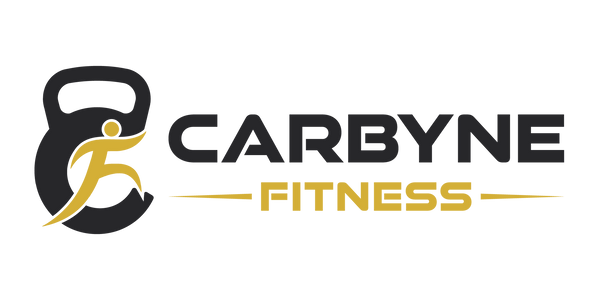Exercise Planner
This page is best viewed on PC/Tablet.
For individuals embarking on their fitness journey, the downloadable Exercise Planner (Excel format) provides a framework for structuring your weekly workouts. This resource is directed towards those seeking overall physical improvement, whether it's enhancing endurance, building muscle mass, or increasing strength.
Often, the one-size-fits-all approach of many tools on the internet hinders their effectiveness in addressing diverse user requirements. Our Exercise Planner is probably the first of its kind on the web, catering to both users with access and no access to the gym. Before using the tool at the bottom of this page, there are a few things you will need to understand.
Key Fitness Objectives, Explained:
- Endurance: The capacity to sustain prolonged physical activity without significant fatigue.
- Muscle Growth: Increase in muscle mass or, for weight-loss goals, improved muscle definition.
- Strength: The ability to exert maximal force in a single contraction or limited repetitions.
Identifying Your Primary Objective:
- Endurance-focused: Individuals aiming to achieve specific timed goals, like completing a Spartan Beast Half-Marathon in under 3 hours, prioritize endurance training.
- Muscle Growth and Definition: Optimizing fat loss alongside increased muscle tone involves a balanced approach between exercise and appropriate nutrition.
- Strength Development: Individuals aiming to lift heavy weights, like achieving a 2x bodyweight bench press, benefit from dedicated strength training programs.
(It's important to note that these objectives are interconnected. Most exercises, even when primarily targeting one specific area, contribute to improvements in all three.)
Recommended Exercises and Planning:
- The Exercise Planner incorporates top exercises curated from https://strengthlevel.com/, with some of the less favorable exercises excluded based on personal lifting experience.
- These exercises are categorized for home accessibility (requiring only dumbbells and a bench), meaning the Exercise Planner will plan out the optimal exercises for you based on whether you have access to gym facilities. The minimal requirements are a pair of dumbbells and a bench (not mandatory, but highly recommended). Those without a bench would have to perform a less effective variant of the dumbbell exercise in question. For example, dumbbell bench pressing on the floor limits the range of motion that a bench provides.
- Based on your input regarding lifting experience and gym access, the Exercise Planner generates personalized exercise routines tailored to your available time commitment.
- The Exercise Planner is also built to ensure that your overall body is trained to maximum efficiency, neglecting as little body parts as possible given your time schedule. Say no to skipping leg day!
Other important principles to take note of:
- Science-based research shows that the optimal sets per muscle group per week is 10 to 20 sets, based on this 2017 paper.
- Training to failure (or close to failure) is highly recommended, especially so for workouts where the loads are relatively low or where the trainee in question is already well trained, based on this 2016 paper. Some papers argue that it is not necessary to train to failure, but it sure does not hurt to do that as well.
- Hence, you will need to adjust your weight till you find a suitable weight that works you to failure for the recommended rep range.
- If you are a beginner, start off light. Remember to make sure that your form is perfect before you proceed to add more weight. It is also okay not to train to failure for your first few sessions.
- Diet is of absolute importance. Your fitness objective will largely determine the type of diet you should be going for. This will be covered in a separate article next time.
- Rest is almost equally important. Microscopic tears in our muscles are repaired only when we rest, that's why we recommend at least 1 rest day a week for everyone except for the most gifted elites in the world of sports.
Now that you have understood the basics, it's time to dive in and start exercising!
Disclaimer: The above information is not intended as medical advice. Consult a healthcare professional before starting any exercise program if you have any health concerns, injuries, or illnesses. If you have any specific queries with regards to this article, please leave us a message through the form below.
